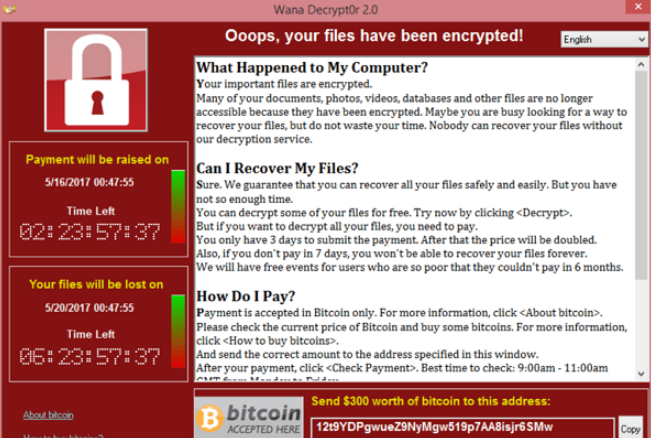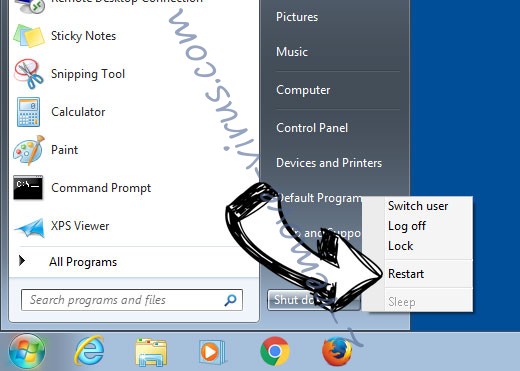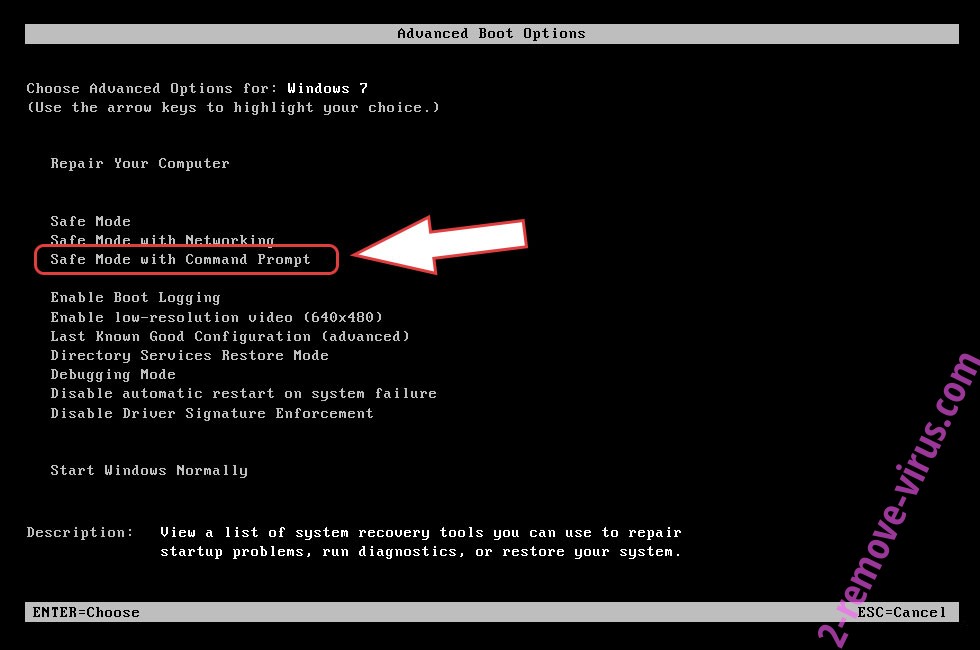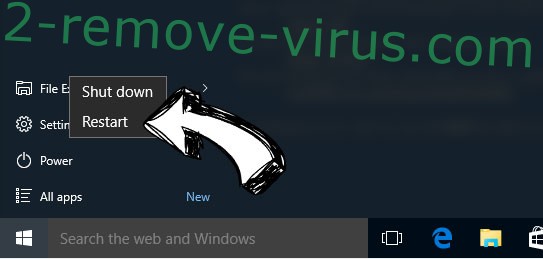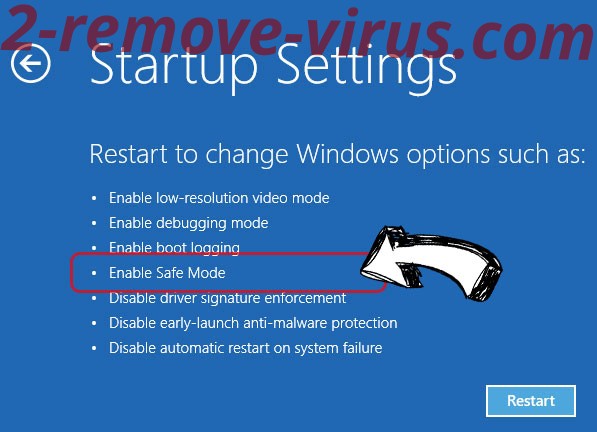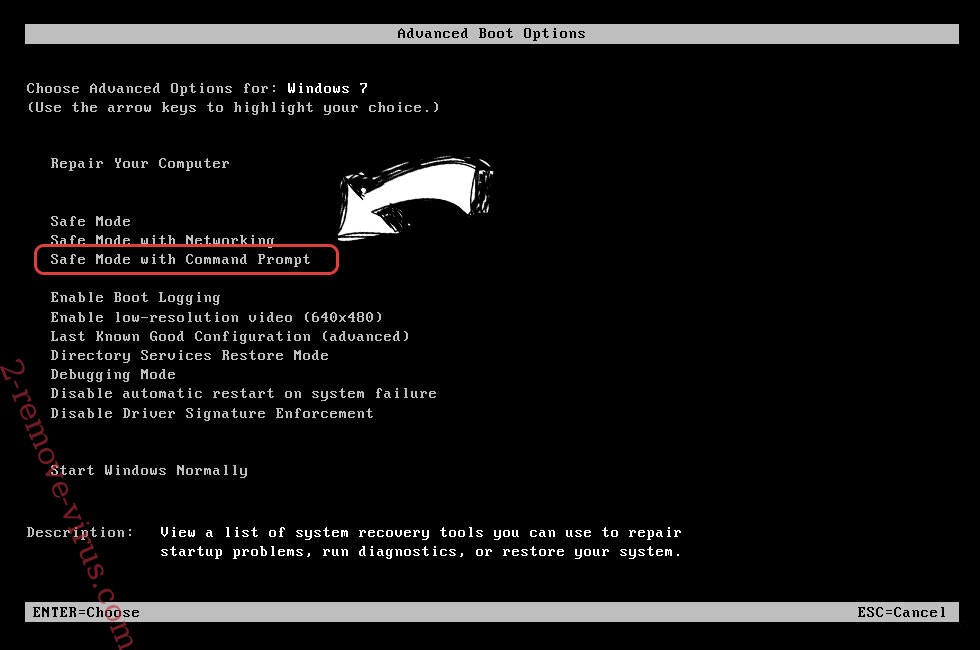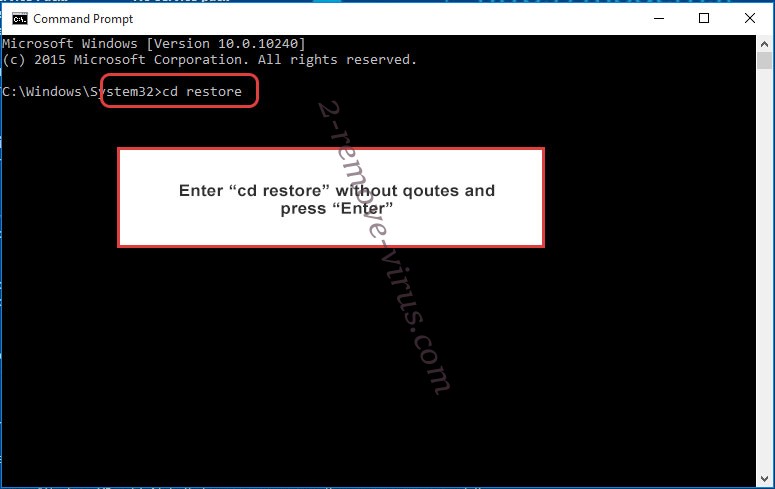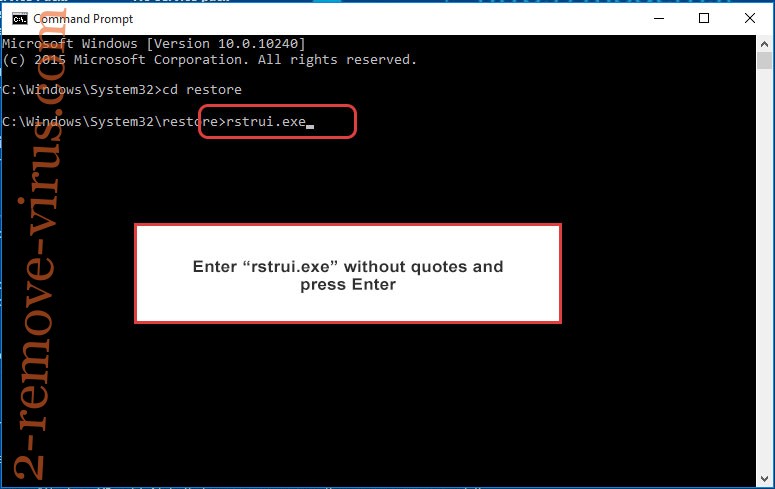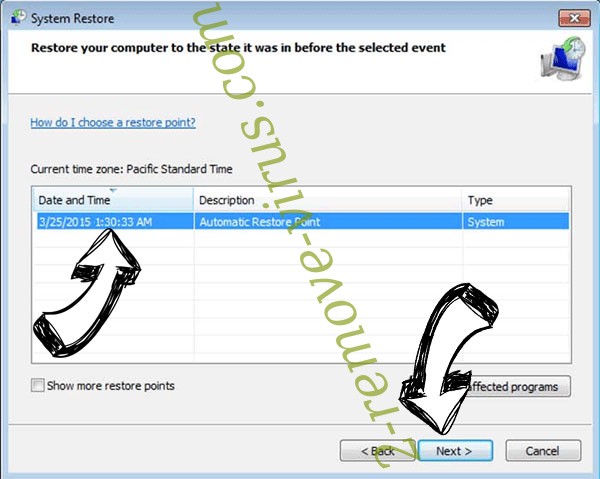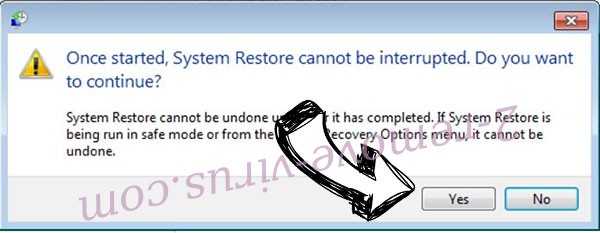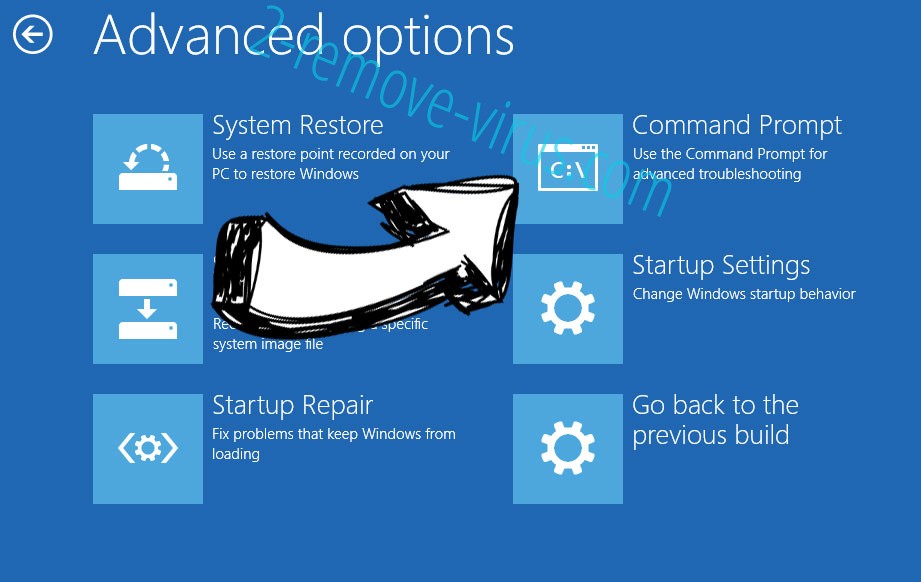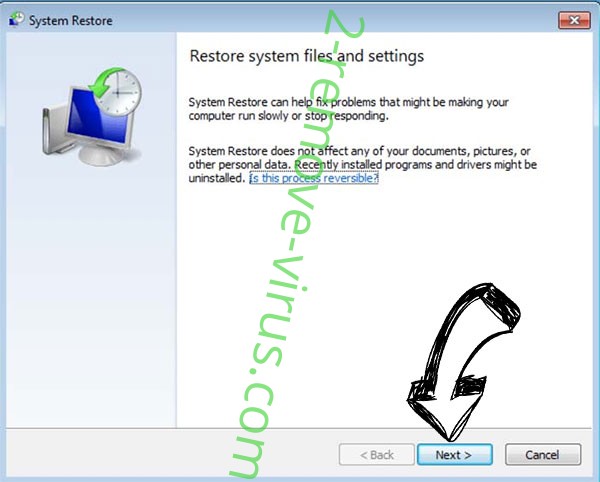What is .ZFX Ransomware
.ZFX Ransomware is a file encrypting piece of malware that will take your files hostage and demand money in exchange for their decryption. It’s part of the Makop ransomware family. This particular ransomware can be recognized by the extension it adds to encrypted files. The extension ends in .ZFX, but also contains users’ unique IDs, as well as contact email addresses for malware operators. Unfortunately, if your files have this extension, you will not be able to open them without first decrypting them. If you have your files saved in a backup, you should be able to recover your files without issues as long as you first remove .ZFX Ransomware from your computer. If you don’t have a backup, your options are, unfortunately, quite limited.
The ransomware primarily targets personal files or more specifically, the files users hold most important. That includes photos, videos, images, and documents. You will be able to tell which files have been affected by the extension that gets added. This particular ransomware adds .[unique ID].[CryptedData@tfwno.gf].ZFX. For example, text.txt would become text.txt.[unique ID].[CryptedData@tfwno.gf].ZFX. Files that have this extension will not be openable unless you first use a decryptor. However, getting the decryptor is not necessarily possible.
The ransomware will drop a +README-WARNING+.txt ransom note on the desktop once it has finished encrypting files. The note explains that files have been encrypted and can only be recovered with a decryptor. Unfortunately, these claims are correct. The note explains how the decryptor can be obtained but does not mention a price. Users can also supposedly recover 2 files for free if it does not contain any important information. It is never recommended to pay the ransom, mainly because doing so does not guarantee that a decryptor will be sent. It’s also worth mentioning that the money victims pay would be used for future criminal activities. And as long as victims continue to pay the ransom, the ransomware business will thrive.
File recovery will be challenging if you don’t have any backups of your files. There is no free .ZFX Ransomware decryptor as of yet, and it’s unclear when there will be one. It’s possible that it will be released at some point, so you should make a backup of your encrypted files just in case. Given the prevalence of fake and even dangerous decryptors, you must exercise extreme caution when looking for free ones. NoMoreRansom is a safe source for decryptors.
After you delete .ZFX Ransomware from your computer, you can begin the file recovery process if you have a backup. Because .ZFX Ransomware is a sophisticated infection that requires a professional program to get rid of, we advise against attempting to remove it manually. If you perform the removal process incorrectly, you may end up causing additional damage. Therefore, use a trustworthy anti-malware program to delete .ZFX Ransomware from your computer.
How does ransomware enter computers?
Email attachments are one of the most common ways that cybercriminals spread malware. It is a pretty easy method of distribution for cybercriminals because it requires little effort. All cybercriminals have to do is buy leaked email addresses from hacker forums, attach a malicious file, and write an email that would convince users to open the said file. As soon as users open the malicious file, their computers become infected. Fortunately for users, malicious emails can often be easily recognized. The emails usually have a number of obvious grammar and spelling mistakes. Because senders frequently claim to be from real companies, the mistakes stand out quite a bit. An email from a company whose services you use with mistakes in it would look very unprofessional.
Another red flag is a sender who ought to know your name referring to you as a “User,” “Member,” or “Customer”. You’ve probably already noticed that you’re always addressed by name in legitimate emails from senders whose services you use. It gives the email a more personalized feel.
It’s also important to note that some fraudulent emails might be far more sophisticated. Therefore, it is advised to check any email attachments for viruses using VirusTotal or anti-virus software before opening them.
It should also be mentioned that malware is also distributed using torrents. The majority of torrent users are already aware of this, but because torrent sites are often inadequately monitored, malicious actors can post files with malware. Users risk encountering malware if they do not know how to identify harmful torrents. Malware is most frequently found in entertainment torrents (such as those for movies, TV shows, and video games). Additionally, downloading copyrighted content through torrents is effectively theft.
How to remove .ZFX Ransomware
Because ransomware is highly sophisticated, anti-malware software should be used to remove .ZFX Ransomware from your computer. Unless you know exactly what to do, attempting to do it manually yourself could result in additional harm to your computer. Anti-virus software is considerably simpler to use and safer. Once the .ZFX Ransomware has been completely removed by the anti-virus program, you can connect to your backup and start the recovery process.
If you don’t have a backup, your only choice might be to wait for the release of a free .ZFX Ransomware decryptor. Unfortunately, it’s not certain when that will happen. If it is eventually released, it will be available on NoMoreRansom.
.ZFX Ransomware is detected as:
- A Variant Of Win32/Filecoder.Phobos.E by ESET
- Ransom.Makop by Malwarebytes
- Ransom.Win32.MAKOP.SMYXCBKT by TrendMicro
- Win32:Evo-gen [Trj] by Avast/AVG
- Gen:Variant.Razy.985635 by BitDefender
- HEUR:Trojan-Ransom.Win32.Generic by Kaspersky
- GenericRXRA-TQ!99846C83C794 by McAfee
- Ransom:Win32/Phobos.PB!MTB by Microsoft
Quick Menu
Step 1. Delete .ZFX Ransomware using Safe Mode with Networking.
Remove .ZFX Ransomware from Windows 7/Windows Vista/Windows XP
- Click on Start and select Shutdown.
- Choose Restart and click OK.

- Start tapping F8 when your PC starts loading.
- Under Advanced Boot Options, choose Safe Mode with Networking.

- Open your browser and download the anti-malware utility.
- Use the utility to remove .ZFX Ransomware
Remove .ZFX Ransomware from Windows 8/Windows 10
- On the Windows login screen, press the Power button.
- Tap and hold Shift and select Restart.

- Go to Troubleshoot → Advanced options → Start Settings.
- Choose Enable Safe Mode or Safe Mode with Networking under Startup Settings.

- Click Restart.
- Open your web browser and download the malware remover.
- Use the software to delete .ZFX Ransomware
Step 2. Restore Your Files using System Restore
Delete .ZFX Ransomware from Windows 7/Windows Vista/Windows XP
- Click Start and choose Shutdown.
- Select Restart and OK

- When your PC starts loading, press F8 repeatedly to open Advanced Boot Options
- Choose Command Prompt from the list.

- Type in cd restore and tap Enter.

- Type in rstrui.exe and press Enter.

- Click Next in the new window and select the restore point prior to the infection.

- Click Next again and click Yes to begin the system restore.

Delete .ZFX Ransomware from Windows 8/Windows 10
- Click the Power button on the Windows login screen.
- Press and hold Shift and click Restart.

- Choose Troubleshoot and go to Advanced options.
- Select Command Prompt and click Restart.

- In Command Prompt, input cd restore and tap Enter.

- Type in rstrui.exe and tap Enter again.

- Click Next in the new System Restore window.

- Choose the restore point prior to the infection.

- Click Next and then click Yes to restore your system.

Offers
Download Removal Toolto scan for .ZFX RansomwareUse our recommended removal tool to scan for .ZFX Ransomware. Trial version of provides detection of computer threats like .ZFX Ransomware and assists in its removal for FREE. You can delete detected registry entries, files and processes yourself or purchase a full version.
More information about SpyWarrior and Uninstall Instructions. Please review SpyWarrior EULA and Privacy Policy. SpyWarrior scanner is free. If it detects a malware, purchase its full version to remove it.

WiperSoft Review Details WiperSoft (www.wipersoft.com) is a security tool that provides real-time security from potential threats. Nowadays, many users tend to download free software from the Intern ...
Download|more


Is MacKeeper a virus? MacKeeper is not a virus, nor is it a scam. While there are various opinions about the program on the Internet, a lot of the people who so notoriously hate the program have neve ...
Download|more


While the creators of MalwareBytes anti-malware have not been in this business for long time, they make up for it with their enthusiastic approach. Statistic from such websites like CNET shows that th ...
Download|more
Site Disclaimer
2-remove-virus.com is not sponsored, owned, affiliated, or linked to malware developers or distributors that are referenced in this article. The article does not promote or endorse any type of malware. We aim at providing useful information that will help computer users to detect and eliminate the unwanted malicious programs from their computers. This can be done manually by following the instructions presented in the article or automatically by implementing the suggested anti-malware tools.
The article is only meant to be used for educational purposes. If you follow the instructions given in the article, you agree to be contracted by the disclaimer. We do not guarantee that the artcile will present you with a solution that removes the malign threats completely. Malware changes constantly, which is why, in some cases, it may be difficult to clean the computer fully by using only the manual removal instructions.
